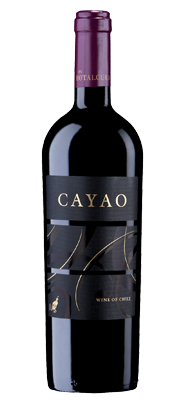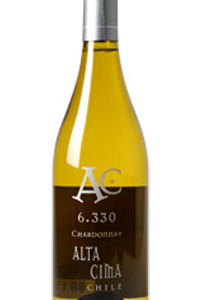Botalcura Cayao have elements rarely found but in great wines. The winemaking team searched and found, in privileged areas of Chile, those gifted vineyards with subtle and unequal conditions for the growth and ripeness of several varieties in a particular year. The quality of the berries of grape clusters can vary from one year to another, therefore not every year the same parcel will produce the same quality grapes. It is the role of the oenologist to carefully watch the plants and sensitively tasted the berries so he could understand their characteristics and discover their potentials. This means to exercise a strict and permanent control on the vineyards to protect and allow them to express their natural qualities. Winemaking has been delicate and selective; ageing has been careful. One bottle of Botalcura Cayao contains what only great wines can offer: concentration, excellence, strength and elegance. Therefore, these are the reasons to selected five different varieties to reach a result such as Cayao. For the 2008 vintage the composition was Malbec 43%, Cabernet Sauvignon 27%, Carménère 20%, Carignan 5% and a 5% of Nebbiolo.
Botalcura Cayao Ícono Assemblage
$41.990
Botalcura, 750 ml
Varieties: Assemblage
Viña Botalcura, Maule Valley
Composition: 43% Malbec, 27% Cabernet Sauvignon, 20% Carménère, 5% Carignan and 5% of Nebbiolo.
Vintage: 2008
Oenologist: Philippe Debrus
Pairing: This wine will be ideal for a rare rib eye or strip steak. Blackberry and brambly fruit are laced with silky tannins and a hint of spice. The cracked black pepper and rich herbal notes of these powerful but elegant wine echo the steak’s preparation, and smooth tannins lend them to a leaner cut.
Tasting notes:
Colour: Intense ruby red with red cherry highlights and blue hints, with slow and numerous legs.
Aromas: Intense aromas of plum, cherry bone and blackberry; mint notes, spices such as cardamom and black pepper, almonds and toasted bread.
Palate: Soft and generous attack, opening over an unctuous mid palate, plentiful with integrated acidity. Tannins are soft but overwhelming; they structure the wine holding it without allowing astringency over the tongue. The tannic acid is well balanced with its alcoholic complement and the final in the palate is persistent.








